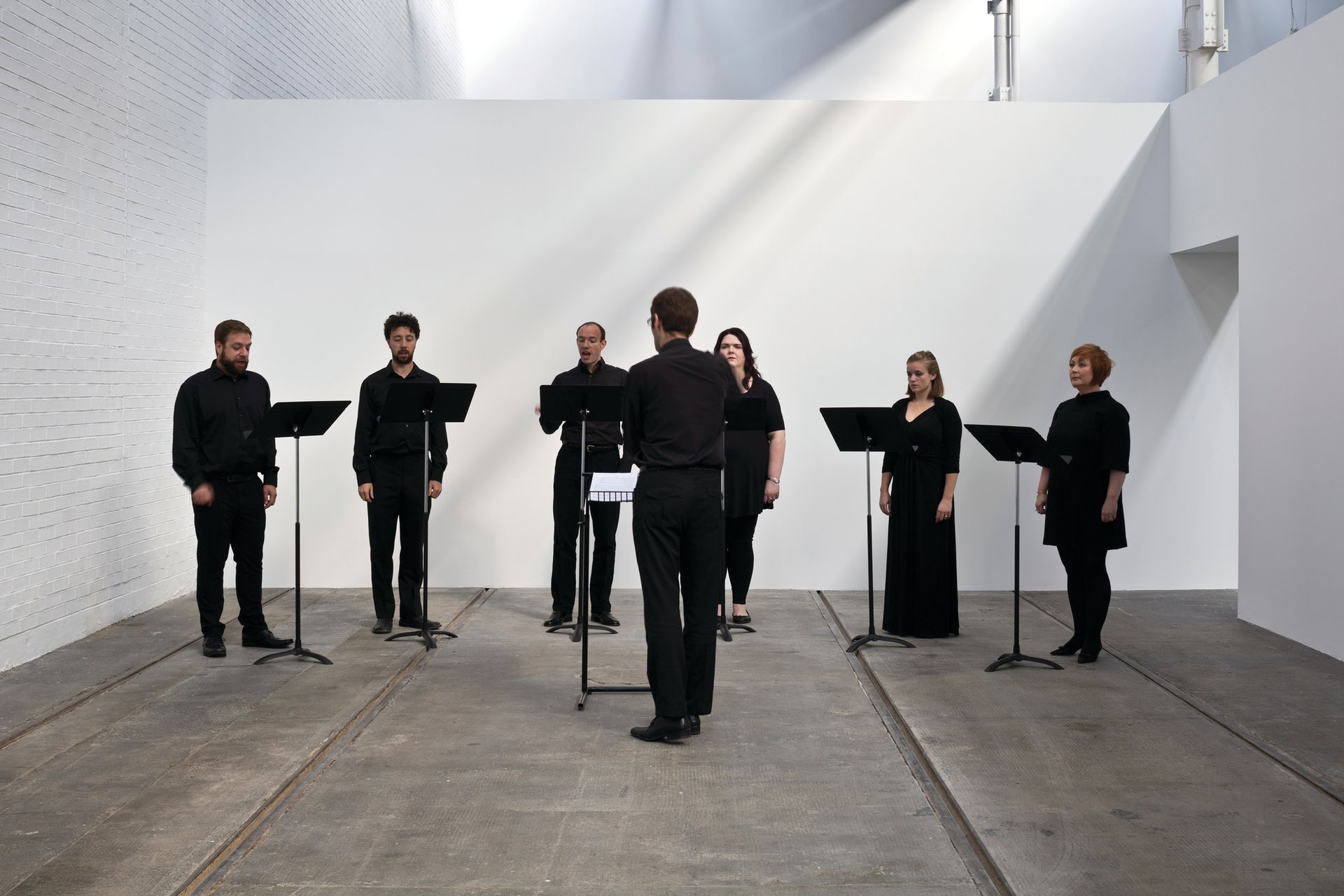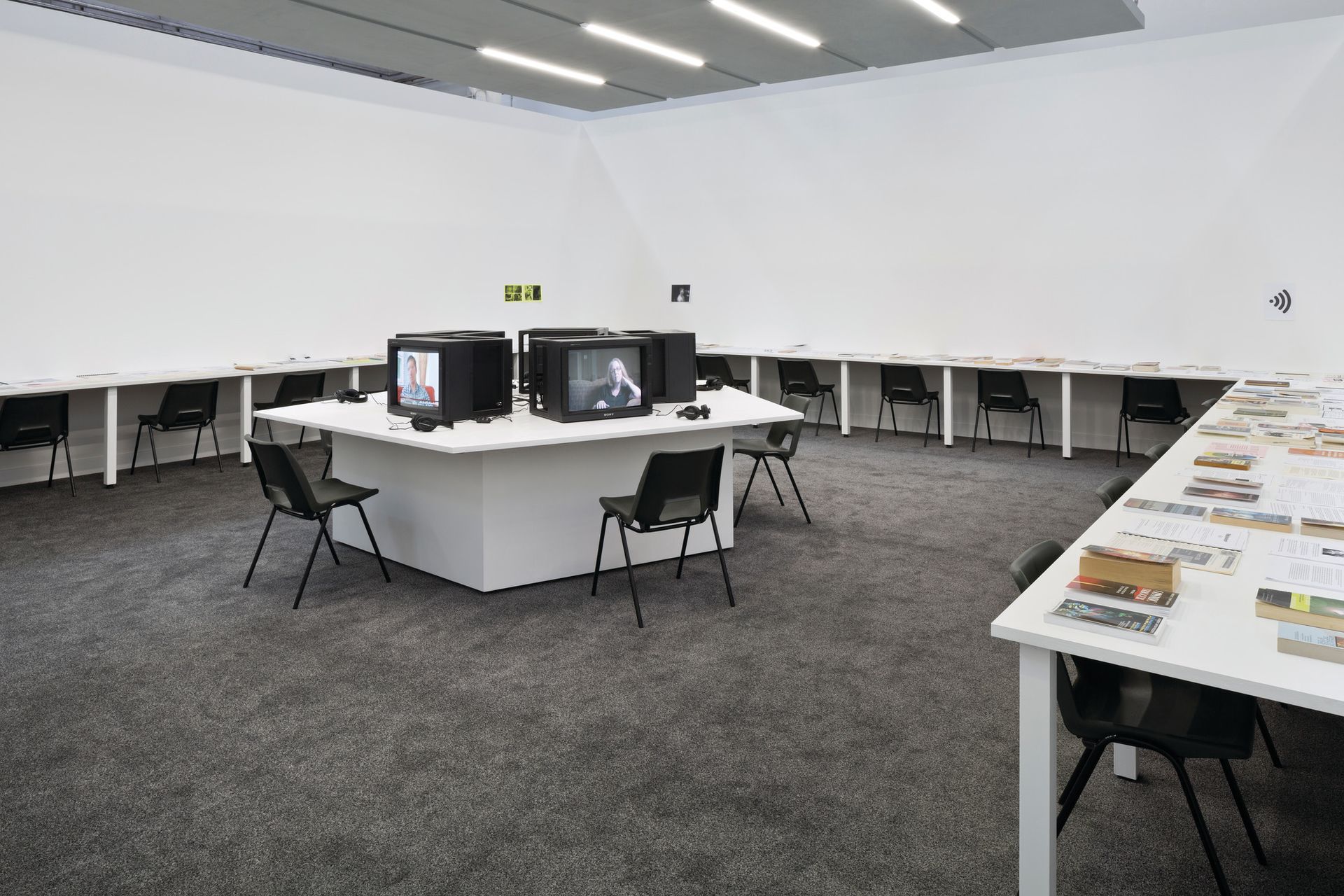There is a sense of homecoming in Glasgow as the Turner Prize exhibition opens today, 1 October, for the first time north of the border. Since the Tate’s annual £25,000 award for British and UK-based artists under 50 was established in 1984, Scotland’s second city has produced six winners and 12 nominees, many of them via the Glasgow School of Art. The country is celebrating the connection with exhibitions at the Gallery of Modern Art in Glasgow and the Travelling Gallery, a bus tour to various locations, running in parallel to the official prize presentation at Tramway, a contemporary art centre in a former tram depot—even if the 2015 shortlist is Scot-free.
The wildcard entry to this year’s edition—and a likely hit with the public—is Assemble, a young London-based collective of 18 members who say they work “across the fields of art, architecture and design”. They have used the Turner Prize nomination as a chance to extend a community regeneration project in Granby Four Streets, a semi-derelict area of Liverpool. At Tramway they have created a showroom selling home wares made by local residents, including collaged ceramic tiles, woodblock-printed textiles and smoke-fired clay doorknobs (touching is encouraged). They will be taking pre-orders for the duration of the exhibition to “kickstart it as a business,” says the group member Amica Dall.

The Canadian-born artist Janice Kerbel, currently the favourite of the bookmaker William Hill, also says that she is “not particularly loyal” to any one medium. She is presenting DOUG, a musical composition only performed once in full previously, at the Mitchell Library in Glasgow. The series of nine operatic songs for six voices—from bass to soprano—recounts a series of slapstick-tinged accidents that befall a character named Doug (a sample: “Look up to hear the weight of lead/Crack of tortoise on my head”). Classically-trained singers drawn from a pool of 15 will perform the piece to varying lengths six times a day.

Another multidisciplinary artist is London’s Bonnie Camplin, whose dense study room installation Patterns, previously titled the Military Industrial Complex, will please the critics more than the crowds. Five video interviews and tables laden with books and documents explore supernatural phenomena and alternative philosophies, from alien abduction to witchcraft, ESP to Bruce Lee.
The German artist Nicole Wermers has the most immediately photogenic and conventional work in the show, which features ten Bauhaus-inspired chairs with fur coats sewn around them and three ceramic tear sheets. She says she wanted to transform people’s temporary claims to public space—by taking off a jacket in a restaurant or flyering for a lost cat—into permanent sculptures.

While critics debate the relative merits of the nominees ahead of the winner’s announcement on 7 December, old categories no longer seem to matter in a contemporary art world where anything goes, be it smells, sounds, slides or social practice. “It’s great to work in a blurry context,” says Lewis Jones from Assemble.
• Turner Prize 2015, Tramway, Glasgow, until 17 January 2016

